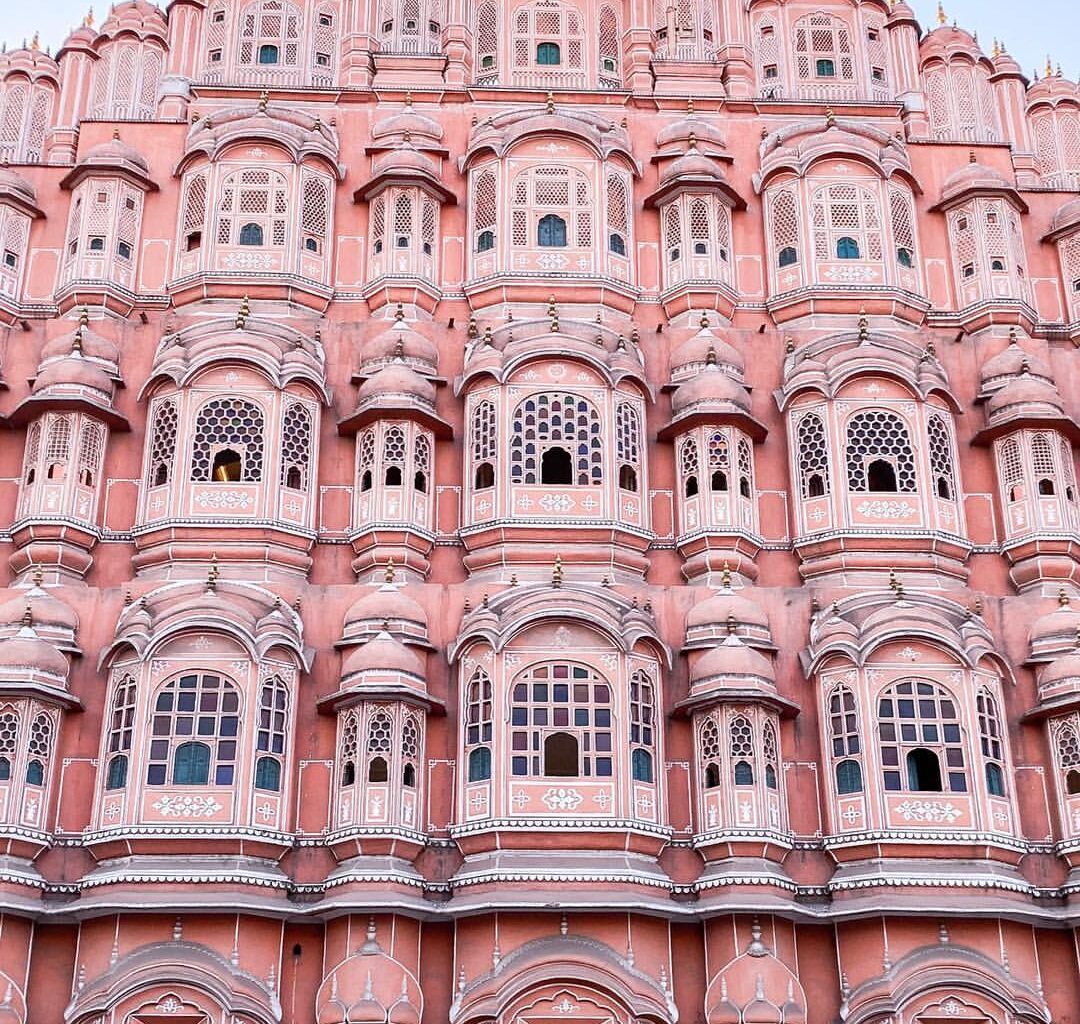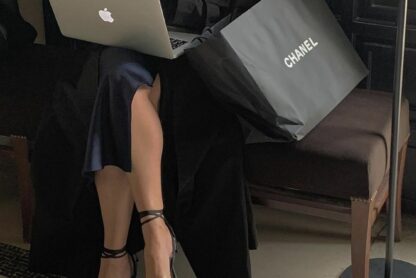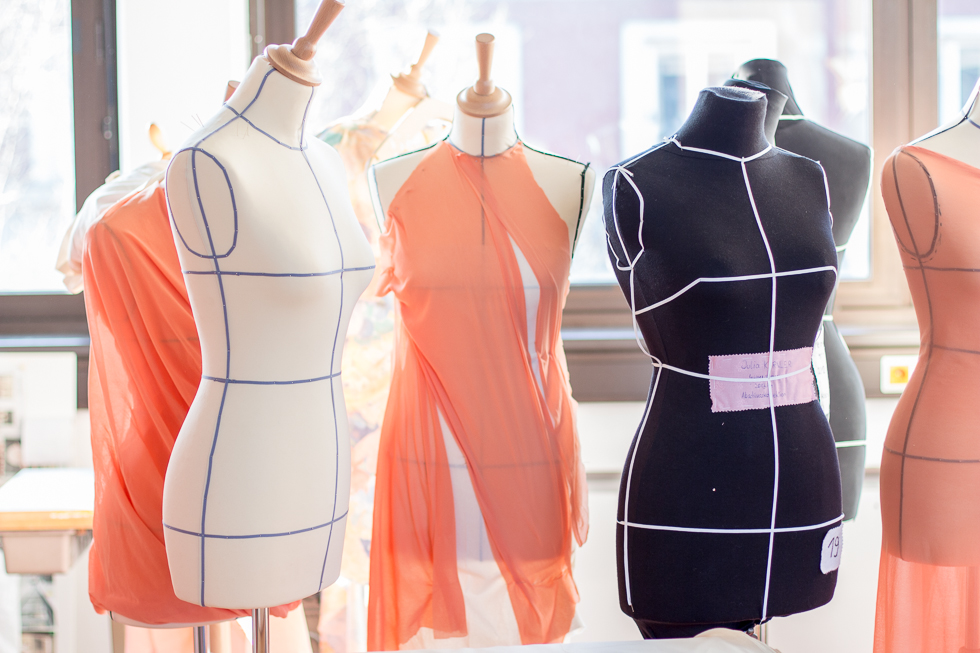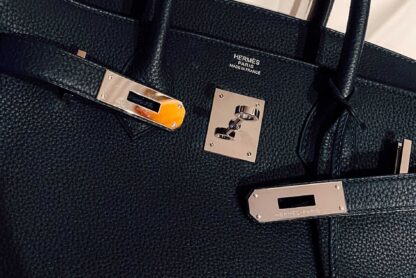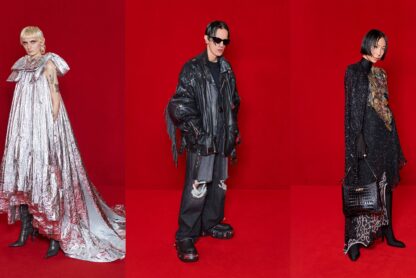The color pink, as you may have noticed, it’s part of our personal branding here at Glam Observer… But, do you know its history?
Pink is one of the most discussed and controversial colors, especially in today’s society.
Usually linked to females identities, pink was rejected by feminists and adopted by the LGBTQ+ community to express themselves against the stereotypes of modern society.
With this article, I’ll guide you through the history of the color pink.
Let’s start with the first question: was pink always associated with girls? Absolutely not.
What colors mean is not something permanent, it changes throughout the years and the cultures.
In fact, in 1700 pink was always worn by men, they considered it as an elegant color as it represented a softer shade of red, a male color. Red represented strength and pride but it was too strong to be worn on certain occasions so they used to choose pink for mundane events.
In the past, only men wore colorful and vibrant shades because that represented certain values: power, strength, privileges etc.
In 1800 everything changed. In 1830 men went through the “Clothes revolution”. The middle class started to reign and men’s wardrobe became darker and more serious.
Black, dark blue and brown were the only colors men could wear as they represented the integrity of the middle class.
Pink became something related to daintiness, a woman thing according to society’s stereotypes and men started to detach from it.
In the 20s Paul Poiret reclaimed pink for some of its corsets and thanks to him the color pink started to gain new popularity between rich French women.
In the 50s pink became officially the girl kinda color. It represented the hyper-femininity thank to characters like Barbie, the most famous doll for little girls, and other females heroes. The color pink became linked to a particular way to express femininity, in fact, women were encouraged to choose that color to feel girly enough.
SHOP THE PINK
Capitalism, consumerism and Pop Art also created a more democratic way to see the color pink, adding it to everyday commodities and objects to identify which ones are specifically for girls.
The Pop Art especially used pink in its most vibrant shade: the magenta. It represented the industrial age with its massive production of plastic objects and games.
Pink became famous in fashion thanks to Elsa Schiaparelli. In 1936 she realized an incredible pink packaging for her latest perfume: Shocking de Schiaparelli.
The word “Shocking” was associated with that particular shade of pink and even today when we say Shocking Pink we intend that particular color.
The color pink became one of the symbols of Elsa Schiaparelli and the Maison used it for clothes, accessories and fashion events.
Lots of fashion designers used pink in their collections, for example in 2012 was used mostly by Ferragamo and DKNY.
Thanks to fashion, pink was also linked to particular events like the death of John Fitzgerald Kennedy: that day his wife, Jackie Kennedy was wearing a pink suit by Chanel. That particular shade will always be remembered and when we think about his death we cannot stop remembering Jackie’s clothes.
Recently pink was rejected by lots of women who were fighting for women’s rights because they’ve said it represented, among other things, women weakness.
These women preferred stronger colors like red or purple and used them to reclaim a certain power.
In the meantime, the LGBTQ+ community used pink to go against the stereotyped image of how men should be. They started to wear it not only at parties but also in their everyday life reclaiming their rights to do and be whatever they wanted
Lots of fashion designers such as Versace and Moschino embraced pink as a flag for their brands.
Nowadays edges have become softer, we’re freer and gender fluid and we tend to use pink as much as we use other colors.
Men wear pink not as a statement about their sexuality, but just as a color. Especially in spring and summer the men’s wardrobe allows pink clothes and suits even for important occasions.
Pink doesn’t represent only women anymore, it’s only a color.
Because of its freshness, pink has become the color of Millenials with their cool attitude and their love for innovations.
It’s very interesting to see how the perception of color changed throughout the years just because our society changed.
The fashion industry pays attention to everything that happens in society and reflects these changes by shapes and shades of colors.
Recently the FIT Museum hosted an incredible exhibition: “Pink: The History of a Punk, Pretty, Powerful Color”. The exhibition has just ended unfortunately but you can catch up with everything was said there!
Article by Beatrice Mazza




